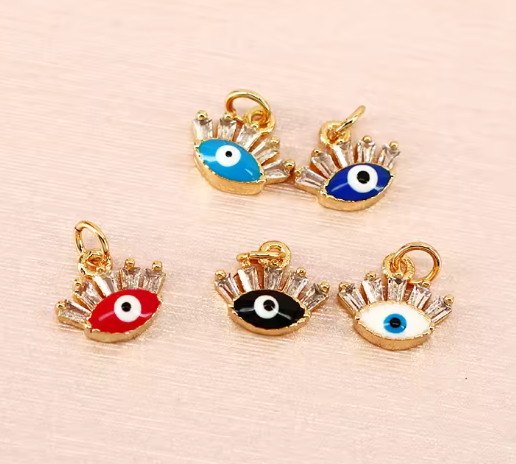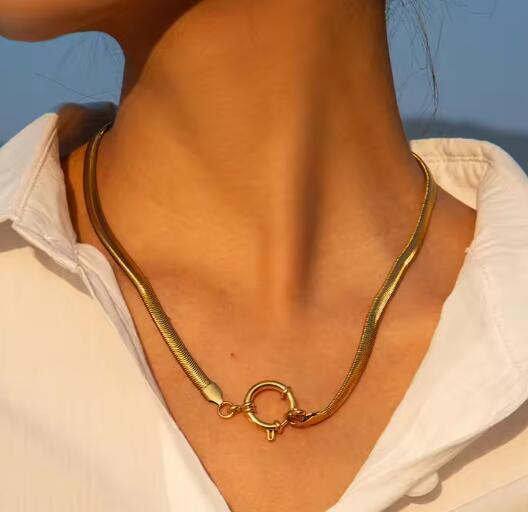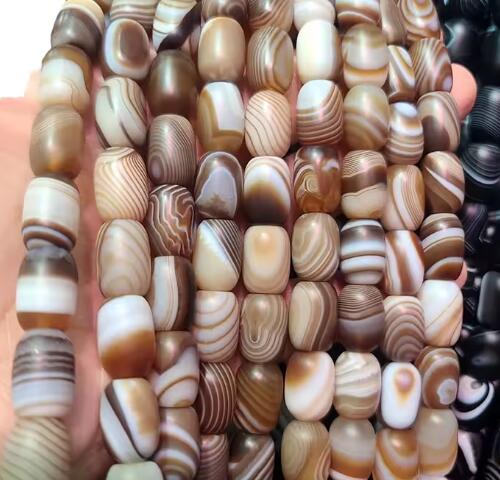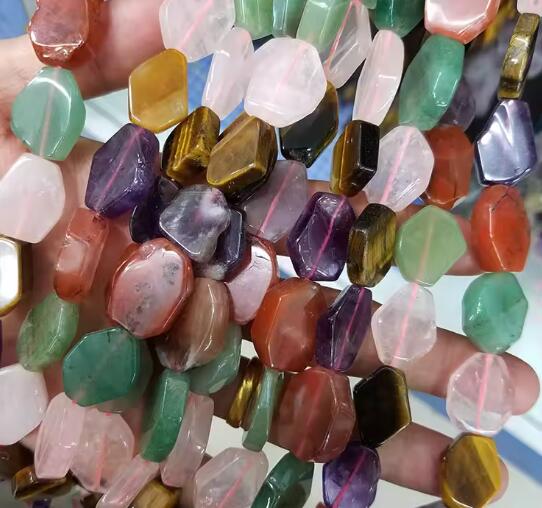News Source: Internet
Release Time: 2025/8/23 Total: 114 Views
The Cultural Language of Gemstones: Meaning and Symbolism in Jewelry Design
Gemstones serve as more than decorative elements—they represent a rich visual language that communicates cultural values, personal beliefs, and historical connections across civilizations. Understanding this symbolic dimension enables designers and wearers to create jewelry with deeper significance and cross-cultural appeal.
1.Historical Roots and Cultural Heritage
Ancient civilizations attributed powerful meanings to gemstones that continue to influence contemporary design. Egyptian burial artifacts featuring lapis lazuli reflected beliefs about spiritual protection, while Chinese imperial jade carvings symbolized virtue and eternal life. These historical associations provide designers with meaningful narratives that resonate with culturally conscious consumers.
2.Color Symbolism in Global Contexts
Gemstone colors carry distinct meanings across different traditions. While rubies universally suggest passion, their interpretation ranges from Western representations of love to Eastern symbols of prosperity. Sapphires offer another example—their blue hues represent divine favor in some cultures and royal wisdom in others, demonstrating how color meanings shift across geographic and cultural boundaries.
3.Birthstones and Personal Identity
The modern birthstone system provides personalized symbolism that maintains commercial relevance worldwide. However, many cultures preserve alternative monthly stone traditions, offering opportunities for designers to create pieces that honor multiple heritage backgrounds and appeal to consumers seeking personalized, meaningful jewelry.
4.Metaphysical Properties and Contemporary Relevance
Historical beliefs about gemstones' healing properties continue to influence modern design. Amethyst's association with clarity, turquoise's protective qualities, and rose quartz's connection to emotional healing represent just a few examples of how ancient symbolic systems remain relevant in today's wellness-focused market.
5.Cultural Sensitivity in Design
Contemporary designers must balance creative inspiration with respectful cultural engagement. This involves researching symbolic meanings, understanding sacred contexts, and avoiding appropriation of culturally significant patterns and symbols—particularly those belonging to Indigenous communities and other marginalized groups.
6.Modern Symbolic Applications
Today's designers blend traditional symbolism with contemporary narratives through techniques like:
-
Multi-stone arrangements representing family constellations
-
Custom combinations marking personal milestones
-
Culturally hybrid designs that honor diverse heritages
-
Minimalist settings that highlight stone symbolism over complex metalwork
7.Marketing Through Meaningful Stories
For retailers, gemstone symbolism provides authentic storytelling opportunities that differentiate products in a competitive market. Consumers increasingly seek jewelry with cultural authenticity and emotional significance, making symbolic meaning a valuable aspect of brand development and customer engagement.
The most culturally responsive jewelry designs honor traditional meanings while allowing for personal interpretation. As global connectivity increases, the symbolic language of gemstones continues to evolve, creating new opportunities for meaningful design innovation that respects heritage while embracing contemporary values.









